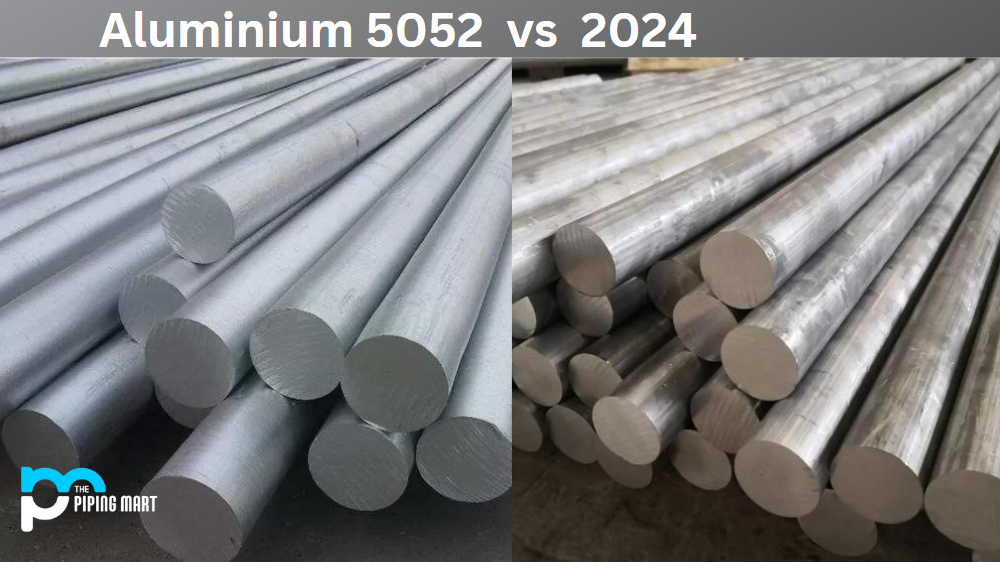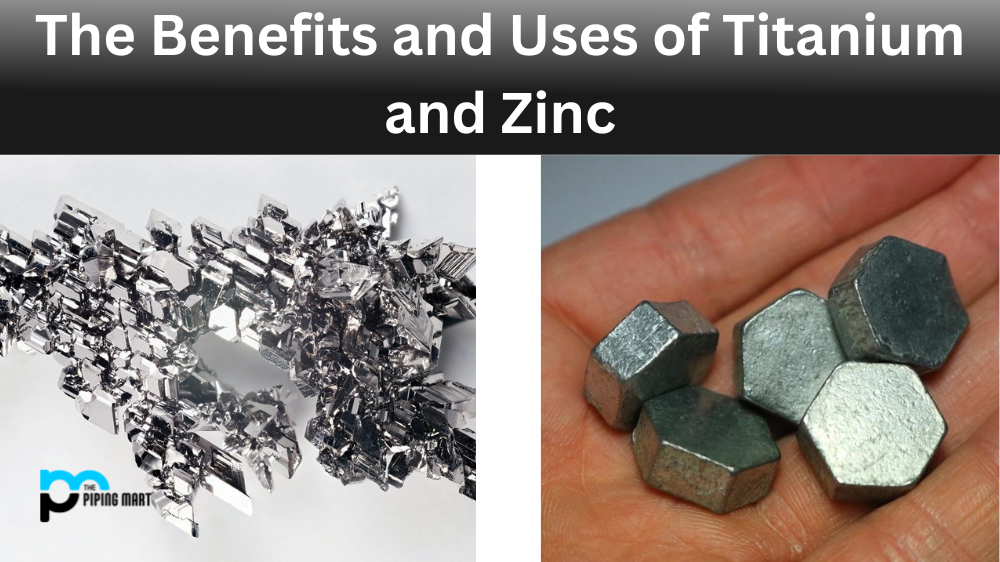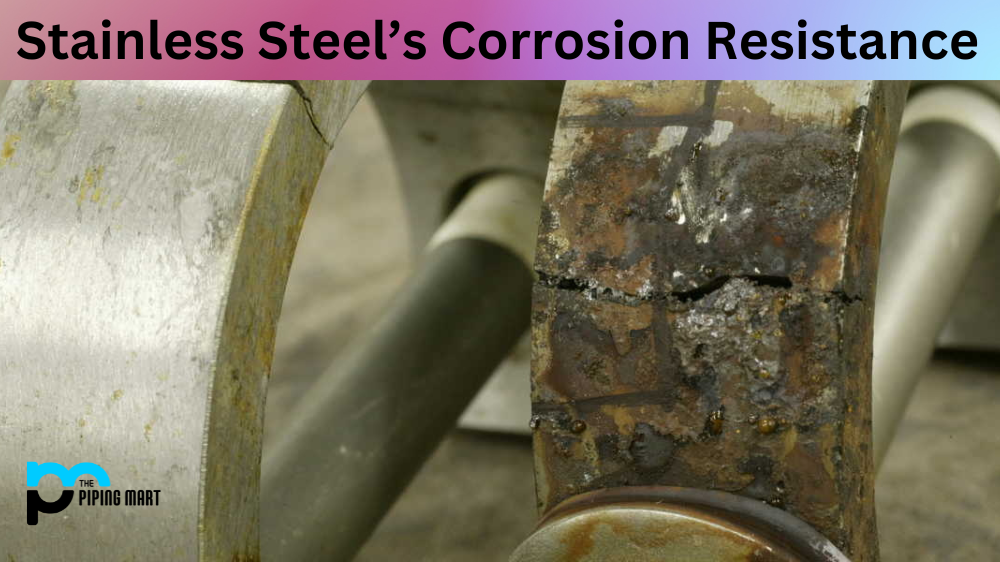Aluminum is a highly versatile metal that is used in a wide range of industries. It is lightweight, strong, and corrosion-resistant, making it a popular material for construction, transportation, and aerospace applications. However, not all aluminium alloys are created equal. Two of the most commonly used aluminium alloys are 5052 and 2024. This blog post will closely examine these two alloys, compare and contrast their properties, and help you determine their suitability for your project.
Aluminium 5052
Aluminum 5052 is an aluminium alloy that contains magnesium and chromium. It is strong and corrosion-resistant, making it a popular choice for various applications.
Aluminum 2024
Aluminium 2024 is an aluminium alloy that contains copper and manganese. Solid and fatigue-resistant, making it a popular choice for aircraft components.
Difference Between Aluminium 5052 and 2024
Properties
Aluminium 5052 has a lower density than aluminium 2024, making it lighter in weight. Additionally, aluminium 5052 has a higher thermal conductivity than aluminium 2024, meaning it conducts heat better.
Uses
Aluminium 5052 is commonly used in the food and beverage industry due to its corrosion resistance. It is also used in the construction industry for various applications, such as roofing and cladding. Aluminum 2024 is commonly used in the aerospace industry due to its strength and resistance to fatigue.
Advantages
The main advantage of Aluminium 5052 is its corrosion resistance. The main advantage of Aluminum 2024 is its strength.
Disadvantages
The main disadvantage of aluminium 5052 is its lower thermal conductivity, which can make it less efficient at conducting heat. The main disadvantage of aluminium 2024 is its higher density, which can make it heavier than other types of aluminium alloy.
Composition
Aluminum 5052 is an alloy that contains 97.25% aluminium, 2.5% magnesium, and 0.25% chromium. Due to its high corrosion resistance, it is a non-heat treatable alloy often used in marine, automotive, and industrial applications. On the other hand, Aluminum 2024 is an alloy that contains 90% aluminium, 4.4% copper, and 1.5% magnesium. It is a heat-treatable alloy commonly used in aerospace applications due to its high strength-to-weight ratio.
Strength and Durability
Aluminium 2024 is known for its high strength and excellent fatigue resistance, making it ideal for aerospace applications. In contrast, Aluminum 5052 has a lower power than 2024, but its high resistance to corrosion makes it suitable for outdoor applications where exposure to harsh weather conditions is a concern.
Machinability and Weldability
Aluminium 5052 is easy to form, bend, and weld, making it a popular choice for sheet metal fabrication, automotive parts, and signage. It is also easy to machine and readily cut into any shape. In contrast, Aluminum 2024 is more challenging to machine due to its high strength, but it can still be readily welded and formed with the right tools and techniques.
Cost
The cost of aluminium 5052 is generally lower than Aluminum 2024 due to the difference in composition, production, and demand. However, the overall cost of a project depends on several factors, including the size, complexity, and application of the project.
Conclusion
Aluminium 5052 and 2024 have unique properties that suit different applications. While Aluminum 2024 has a higher strength-to-weight ratio and is commonly used in aerospace applications, Aluminium 5052 is more corrosion-resistant and is often used in marine and outdoor applications. Choosing these two alloys ultimately depends on your project’s specific requirements and budget. To get the most out of your aluminium project, you must work with a qualified metal supplier who can help you make an informed decision based on your needs.

Pipingmart is a B2B portal that specializes in metal, industrial and piping items. Additionally, we share the latest information and information about materials, products and various types of grades to assist businesses that are involved in this business.




